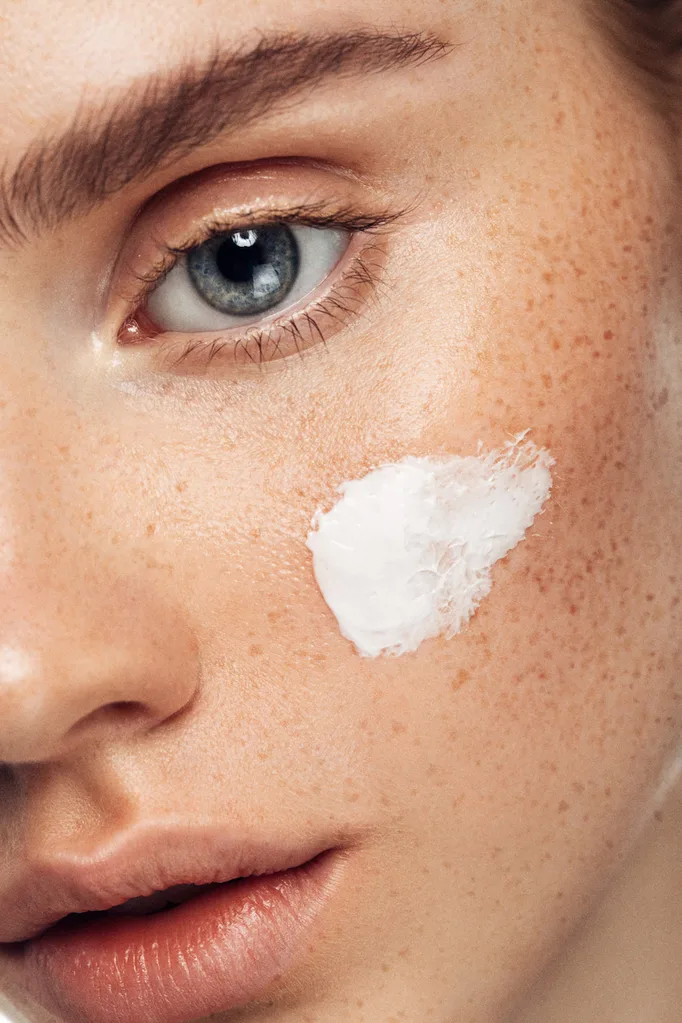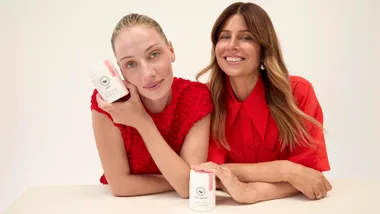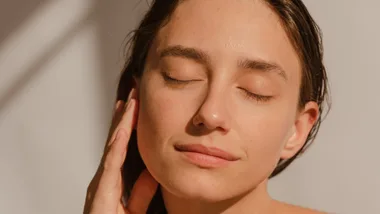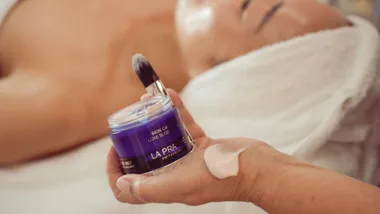Beyond a smattering of freckles and the odd burn each summer, it’s easy to ignore the effects of the sun on our skin. But, putting the very real possibility of skin cancer aside, the sun’s rays can – and do – wreak all kinds of havoc, all year long.
Off the back of research that found Australian women are ageing 20 years faster than anyone else in the world, thanks to – you guessed it – the harmful effects of our country’s high UV levels, we investigated the real effects of sun damage on your skin. This is what you need to know.
Sun damage is the leading cause of premature ageing
No matter how diligently you slather on anti-ageing serums and creams, if you neglect the SPF, all your efforts are in vain. According to the Australasian College of Dermatologists, most premature skin ageing is caused by sun exposure.
“Ask any expert what their number one anti-ageing tip is and they will tell you it’s daily application of SPF,” says marie claire acting beauty director Sally Hunwick. “Look for a formulation with an SPF of 15 or above and wear it every day; rain, hair or shine.” Our pick? The L’Oréal Paris Revitalift Laser X3 SPF 15 moisturiser, the newest addition to the Revitalift Laser X3 range, which combines powerful anti-ageing actives with all-important broad spectrum SPF, making it an ideal daily moisturiser.
Sun damage can make you look older in more ways than one
The sun’s UV rays damage the elastin and collagen fibres in our skin, resulting in everything from freckles and age spots to spider veins, thinning of the skin to fine lines, wrinkles, blotchiness and yellowing.
“Over time, exposure to the sun will cause skin issues such as pigmentation, premature lines and wrinkles, redness and dullness,” adds Hunwick. “There have been many studies to show that issues such as pigmentation can make a person look older than they really are – clarity is seen as a sign of youth.”

How to prevent sun damage
We all know we should be wearing sunscreen – but so many women get stuck on how much they should apply, and how often. Cancer Council guidelines recommend one teaspoon for the face (including neck and ears), with another teaspoon for each arm, leg and front and back of the torso (seven teaspoons total). And we’re not just talking about when you hit the beach: SPF is a must every single day, even if you’re just commuting to and from the office.
How to minimise the effects
“When it comes to reversing the signs of ageing, many women are seeking out high tech treatments such as laser, which use laser light to break up pigmentation to reveal clearer skin,” explains Hunwick. “They are also getting treatments such as micro-needling, which creates micro damage to the skin to help stimulate collagen production to help rebuild skin – this is great for pigmentation, premature lines and wrinkles.”

If cosmetic procedures aren’t your style, try L’Oréal Paris Revitalift Laser X3 range. It has been proven to be so powerful it challenges a laser session*, thanks to a trio of highly active anti-ageing ingredients. Think fragmented hyaluronic acid to hydrate and smooth skin texture, adenosine to repair damage and Pro-Xylane to stimulate the production of the skin’s natural components to re-plump from within.
In the case of the new Revitalift Laser X3 SPF 15 moisturiser, these anti-ageing actives are combined with SPF to protect your skin against sun damage.
*Single session of co2 fractioned laser vs use of laser x3 day cream for 4 weeks.










